
Villa d’Este
Villa d’Este – A Masterpiece of Renaissance Elegance
Tucked into the hillside of Tivoli, just outside Rome, Villa d’Este is one of the most breathtaking examples of Italian Renaissance architecture and landscape design. This UNESCO World Heritage Site isn’t just a villa — it’s a living work of art, celebrated for its lush terraced gardens and ingenious water features that continue to captivate visitors centuries after their creation.
Commissioned in the 16th century by Cardinal Ippolito II d’Este, a man of immense wealth and influence, the villa was conceived as a symbol of prestige, beauty, and power. Inspired by classical Roman villas and meticulously designed by architect Pirro Ligorio, Villa d’Este was one of the first estates to transform gardening into an art form, blending sculpture, fountains, flora, and architecture into one harmonious experience.
The Gardens and Fountains of Villa d’Este
The heart of Villa d’Este is its world-famous gardens — a descending paradise of green terraces, cypress trees, stone paths, and more than 500 fountains powered entirely by gravity and hydraulic engineering, without the use of pumps. Each fountain has its own character and story, making the garden feel like an open-air museum of water art.
Must-see highlights:
- Fountain of Neptune: A dramatic water show and the garden’s centerpiece, added in the 17th century.
- Avenue of the Hundred Fountains: A long walkway flanked by a dazzling sequence of sculpted fountains, each spurting water in unison.
- Oval Fountain (Fontana dell’Ovato): Set into a curved niche, surrounded by lush greenery and perfect for photos.
- Fountain of the Organ: Plays music powered by water — a 400-year-old engineering marvel.
Inside the Villa
While the gardens steal the spotlight, the villa itself is equally impressive. Visitors can walk through frescoed halls filled with mythological and biblical themes, ornate ceilings, and grand salons that once hosted the elite of Renaissance society. The architecture reflects a mix of Mannerist and classical influences, all meticulously preserved.
Why Visit Villa d’Este?
- A perfect day trip from Rome (only 40 minutes away)
- A paradise for photographers, couples, and history lovers
- Ideal for those interested in landscape architecture, Renaissance art, and Italian culture
- A peaceful escape from the bustle of the city, especially beautiful in spring and autumn
How to Get to Villa d’Este from Rome
Reaching Villa d’Este is simple, affordable, and makes for a perfect half- or full-day escape from the city.
🔹 By Train (Recommended)
Departure: Rome Termini or Rome Tiburtina station
- Train Line: FL2 towards Tivoli
- Stop: Get off at Tivoli station (not Bagni di Tivoli)
- Duration: ~45–60 minutes
- From Station to Villa: A scenic 15-minute uphill walk, or 5 minutes by local bus or taxi
🔹 By Bus
- Company: Cotral buses from Ponte Mammolo Metro Station (Line B)
- Destination: Tivoli center
- Duration: ~50–70 minutes depending on traffic
- Stop: Largo Nazioni Unite, near the entrance to Villa d’Este
🔹 By Car
- Drive Time: ~45 minutes from Rome (traffic-dependent)
- Route: Take A24 highway towards L’Aquila, exit at Tivoli
- Parking: Paid parking available near the old town; short walk to the villa
🎟️ Opening Hours & Entry
- Hours: Typically open Tuesday–Sunday, 8:45 am – evening (varies by season)
- Closed: Mondays and some public holidays
- Tickets: Around €12 full price
- Discounts: Available for EU residents 18–25 and free for under 18s

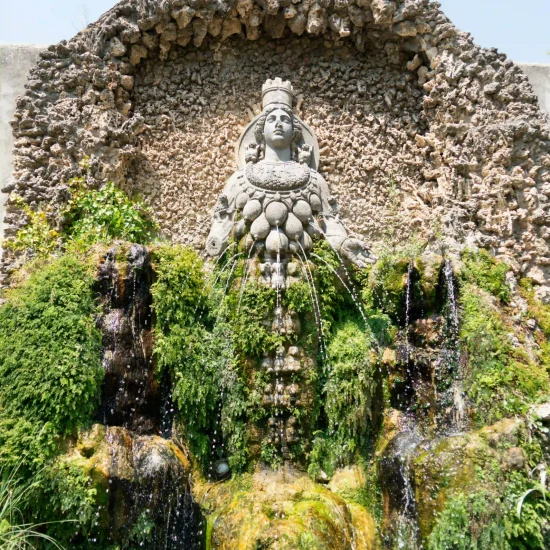
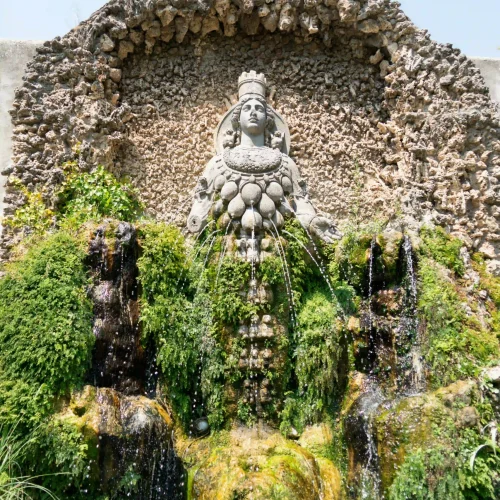
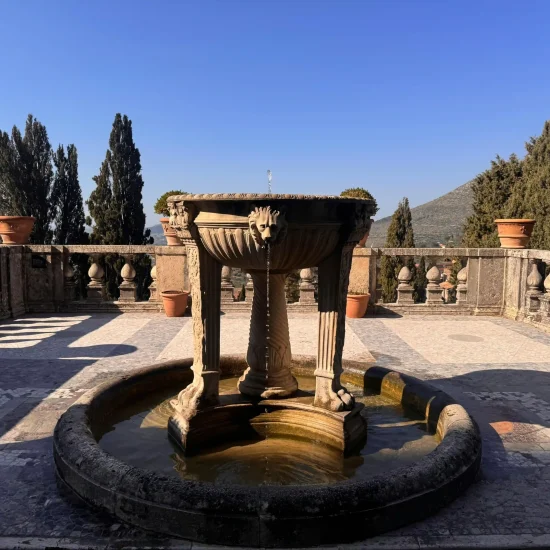
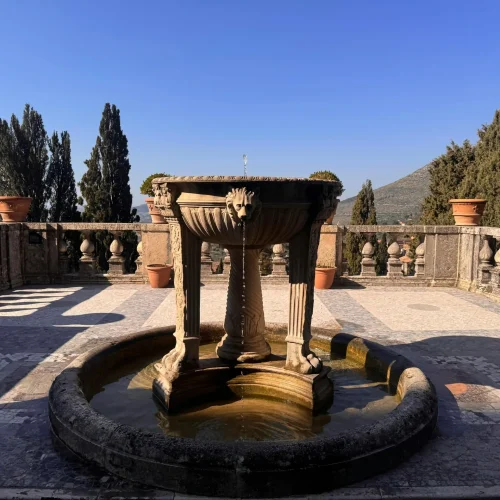
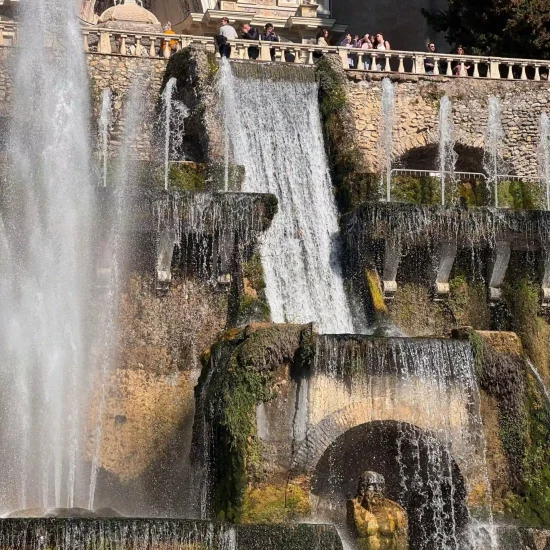
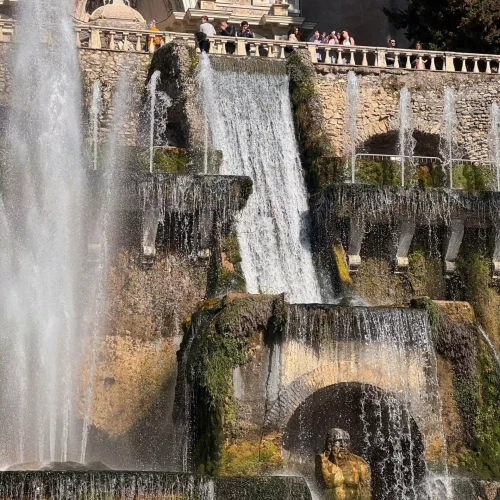





No comments yet